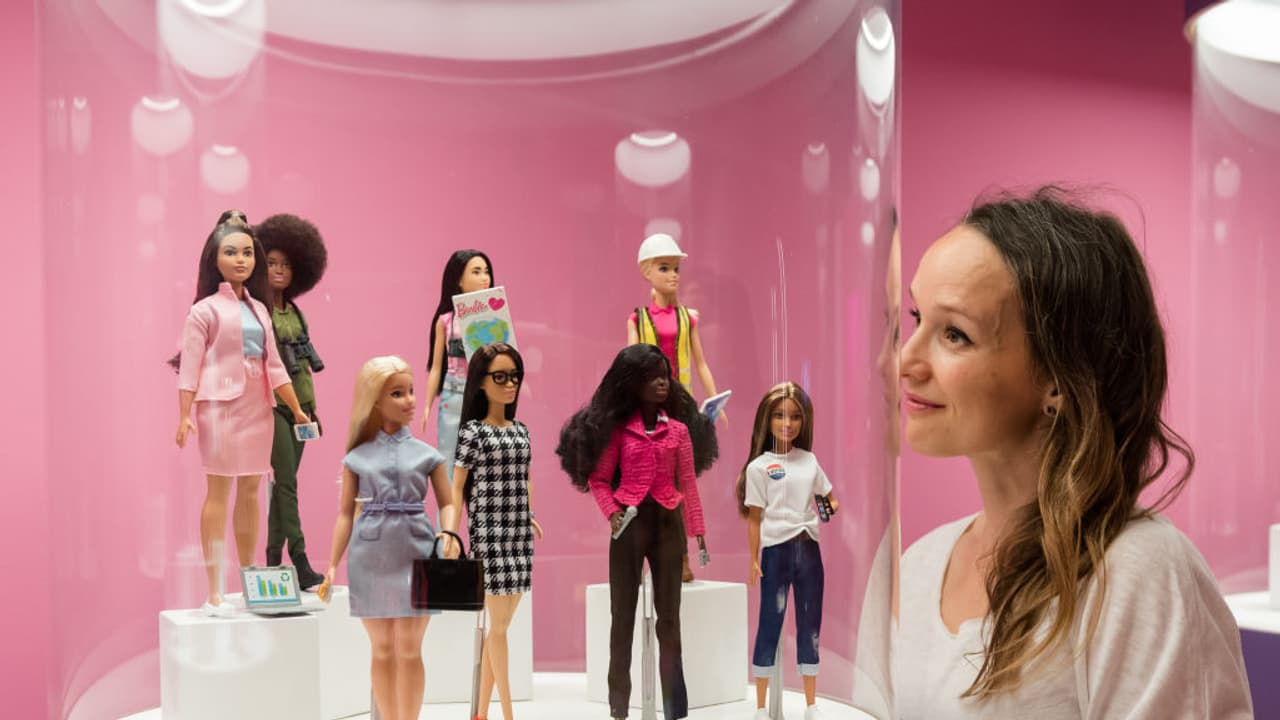A recent study reveals that Barbie dolls are becoming less likely to have the traditional "tip-toe" foot posture, with a significant drop in the percentage of dolls with this posture over time.
A recent study reveals that Barbie dolls are becoming less likely to have the traditional "tip-toe" foot posture, with a significant drop in the percentage of dolls with this posture over time. The study, analyzing 2,750 Barbie dolls from 1959 to June 2024, found that while all Barbies in the early years had tip-toe feet, by the 2020s, only 40% did.

This shift is linked to evolving societal expectations and changing roles, with "employed" Barbies more likely to have flat feet, suggesting a move towards more functional and practical footwear.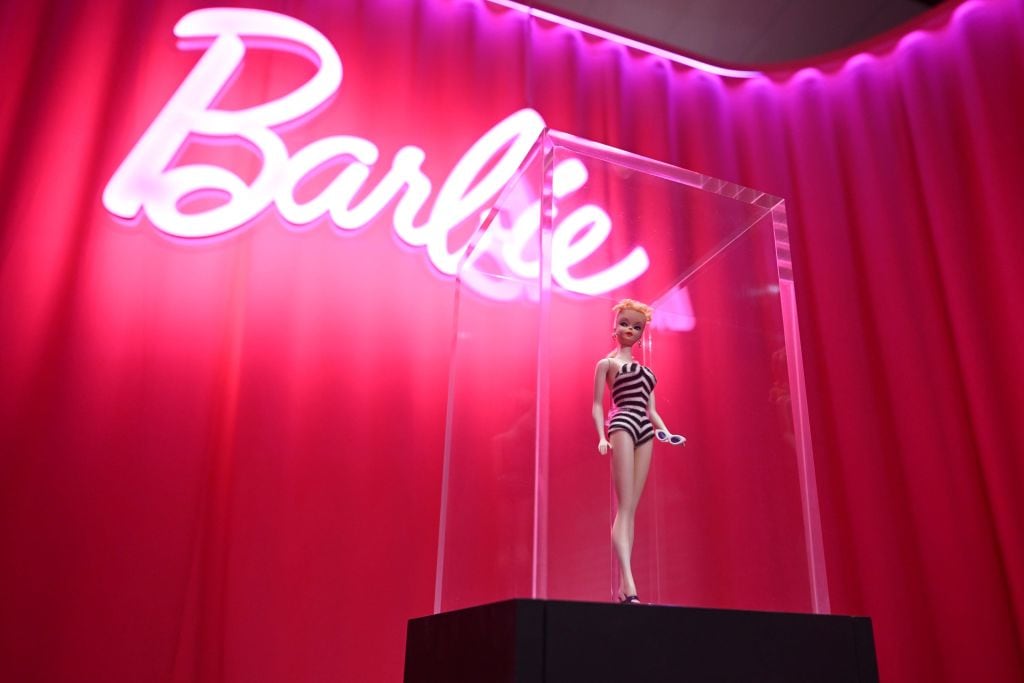
Barbie is one of the most legendary children's toys of all time, that has transcended her plastic roots to become a global cultural icon - spawning a multimedia empire complete with video games, endless merchandise, and even a recent live-action blockbuster.
Since her glamorous debut in 1959, created by American innovator Ruth Handler, over a billion Barbie dolls have graced toy shelves around the world. Originally introduced in a black-and-white striped swimsuit, perched permanently on tiptoes to accommodate high heels, Barbie embodied the idealized beauty standards of her time. Yet, as society has evolved, so too has Barbie’s image—with one subtle but significant change flying under the radar for decades.
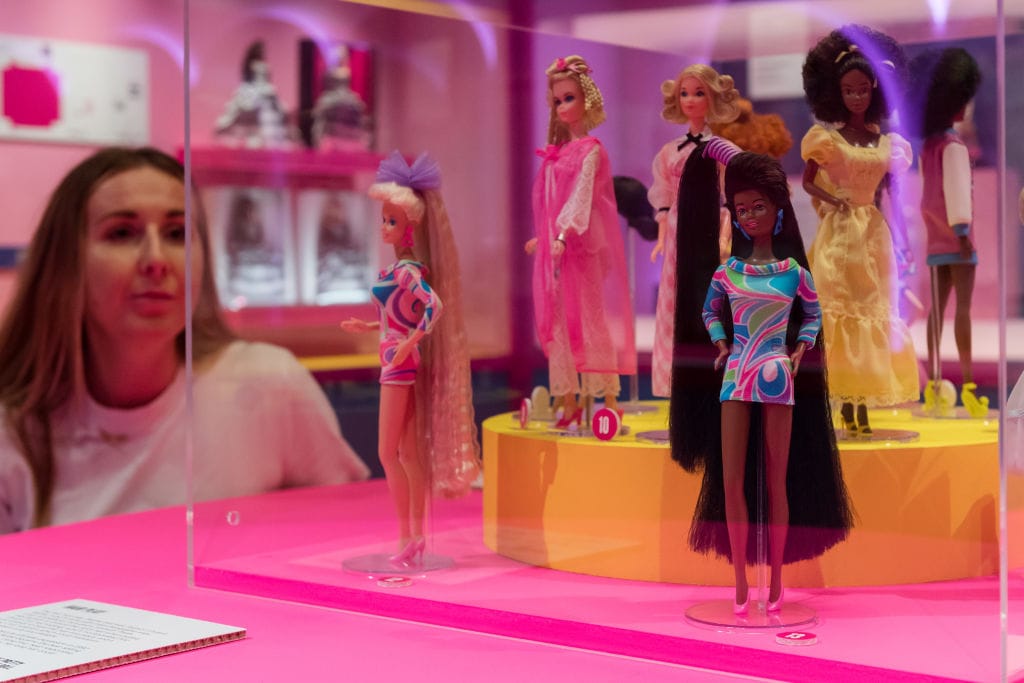
Scientists confirm woke change made to Barbie over the course of 35 years
Researchers in Australia have discovered that modern Barbie dolls are stepping down—literally. Compared to her stiletto-strutting predecessors, today’s Barbies are far more likely to be flat-footed.
“We found Barbie’s foot posture change over time unexpected and fascinating, and perhaps something with deeper meaning or a Mattel executive direction we are unaware of,” the scientists remarked.
The study, led by Professor Cylie Williams of Monash University, analyzed a staggering 2,750 Barbie dolls spanning from 1959 to June 2024. Their investigation reveals a dramatic shift: while 100% of Barbies between 1959 and 1980 stood on tiptoes (a posture known as ‘equinus’), that number dropped to 91% in the 1990s, 94% in the 2000s, 72% in the 2010s, and only 40% in the 2020s.
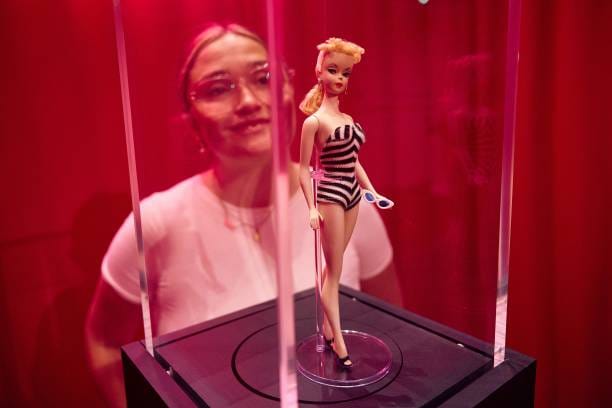
The pivot away from high heels may not be accidental. Experts suggest it could reflect growing awareness of the health risks associated with prolonged heel use—a concern raised by medical professionals since the early 1900s. High heels have long been linked to issues like chronic foot pain and permanent posture problems.
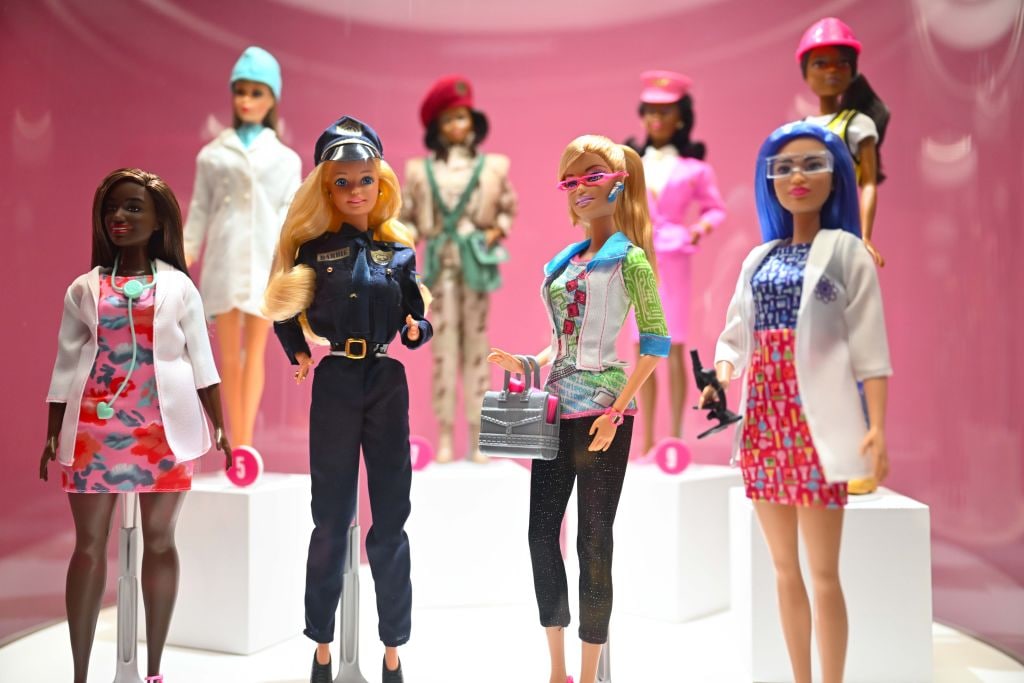
“Health professionals castigating high heels through public messaging, should remember that emphasising health benefits consistently drives positive behaviour change, over highlighting negative consequences,” the study states.
“Barbie clearly makes sensible determinations regarding her body autonomy. High heel wearers should have that same ability.”
Barbies representing working professionals—such as doctors, engineers, and even presidential candidates—were far more likely to have flat feet than fashion-oriented dolls. In contrast, tiptoe posture remained more common among Barbies of color, and less so among those with disabilities, such as prosthetics or orthoses.
“The very strong correlation between flat foot posture and employment sits well with evidence observing Barbie ‘evolving’ away from prioritising fashion over her career,” the researchers explained.
Since the early 2000s, Barbie has broken stereotypes, donning lab coats, firefighting gear, and even football uniforms—expanding her influence far beyond the runway. “Barbie is also committed to female empowerment, demonstrating ‘girls can do anything’ through undertaking many traditionally male-dominated careers,” the experts noted.
